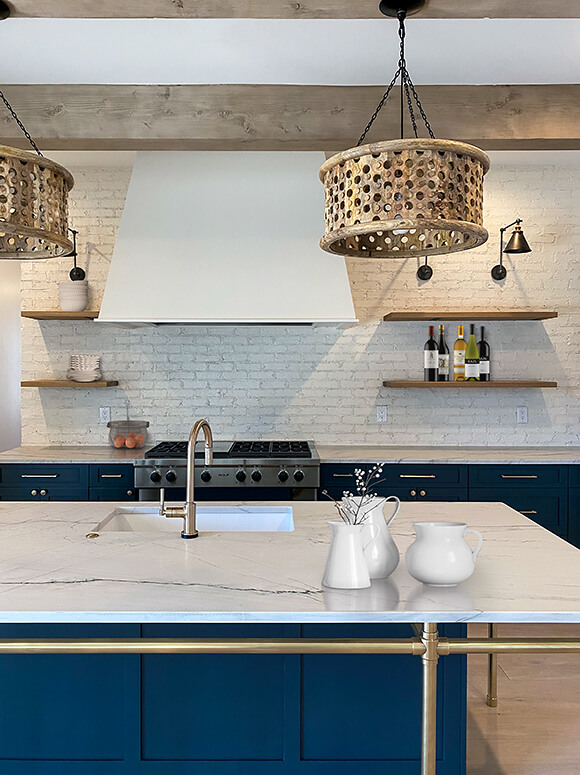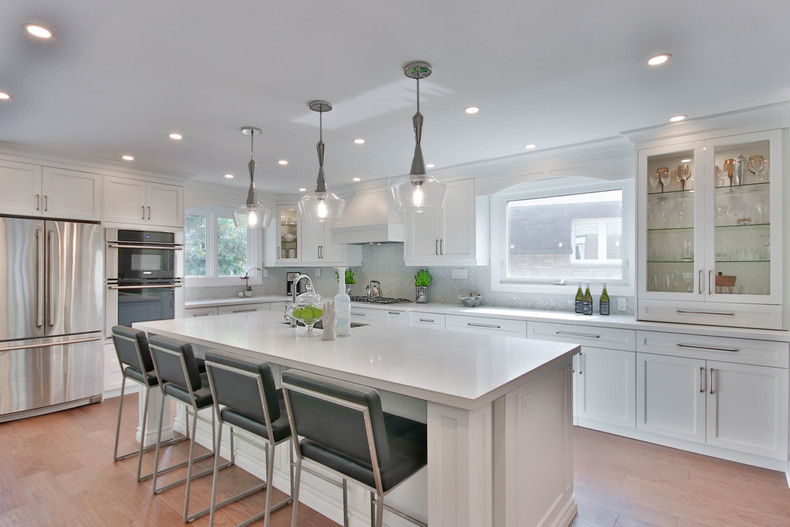Attain the Perfect Balance of Form and Function with Legs For Kitchen Island
Attain the Perfect Balance of Form and Function with Legs For Kitchen Island
Blog Article
Crucial Variables to Take Into Consideration When Choosing Legs For Kitchen Area Island
Selecting the ideal legs for a kitchen area island entails a cautious analysis of several variables that can substantially affect both performance and visual appeal. As we check out these components, it ends up being clear that each choice can have far-reaching ramifications for the total kitchen experience.
Product Options
When picking legs for a kitchen island, comprehending the numerous material choices is essential for accomplishing both visual appeal and structural stability (Legs For Kitchen Island). The selection of material considerably affects not just the resilience of the island yet also its overall style and capability
Metal legs, frequently made from stainless steel or wrought iron, contribute a industrial and modern-day feeling while making certain longevity and security. These products are immune to use and can support substantial weight, making them perfect for larger islands.
An additional alternative is crafted materials, like MDF or plywood, which can be much more affordable while still offering a series of coatings. Nonetheless, they may not offer the same degree of security as solid wood or steel. Finally, materials such as acrylic or glass can develop a modern look, though they might need additional assistance to make sure stability.
Eventually, the selection of product for kitchen island legs need to line up with the desired capability and the general theme of the kitchen area.
Style and Layout

When thinking about style, the shape and finish of the legs are vital. Tapered legs can offer a sense of lightness and beauty, while thicker, much more robust legs can communicate strength and stability. Additionally, the finish-- be it repainted, tarnished, or all-natural-- must match the cabinets and counter top materials to create a unified look.
In addition, the layout of the legs can additionally show personal taste. Custom or attractive legs, such as those including complex carvings or unique geometric forms, can offer as focal points, adding personality and individuality to the kitchen area. Eventually, the right selection will certainly not only enhance capability however also boost the visual appeal, making the kitchen island a standout attribute of the home.
Height Considerations
Picking the proper height for cooking area island legs is critical, as it directly impacts both performance and comfort. The basic elevation for a kitchen island normally ranges from 36 to 42 inches, aligning with usual counter top heights.

It is also vital to make up individuals' preferences and elevations. Personalizing the height can make certain a comfy experience for all family participants, making the kitchen island an extra useful and pleasurable room.
Weight Support
Ensuring appropriate weight support for cooking area island legs is important for both safety and security and performance. The cooking area island typically serves several objectives, including food prep work, dining, and added storage, requiring a durable support framework. When selecting legs, it is critical to think about the total weight capacity needed based upon the island's intended usage and the products that will be put on it.
The selection of material for the legs plays a considerable duty in their weight-bearing capabilities. Solid timber, steel, and heavy-duty compounds usually offer remarkable toughness compared to lighter materials. Furthermore, the layout of the legs-- whether they are straight, tapered, or have a pedestal type-- can affect their capacity to disperse weight effectively across the structure.
In addition, the leg positioning should be tactically prepared to boost security. Legs placed at the edges or with a wider base can better support much heavier tons. Constantly get in touch with the manufacturer's specifications concerning tons limitations to make sure that the legs can maintain the desired weight without endangering safety and security. In recap, picking cooking area island legs with adequate weight assistance is essential for creating a functional and safe cooking room.
Setup and Maintenance
Proper installment and maintenance of kitchen area island legs are my site crucial for guaranteeing longevity and security. This usually entails securing the legs to the island base utilizing suitable fasteners, making sure that the legs are degree and aligned.
When mounted, normal upkeep is required to preserve the stability and appearance of the legs - Legs For Kitchen Island. For wood legs, periodic cleansing with a moist fabric and application of appropriate wood gloss can protect against wetness damages and preserve their coating. Metal legs might call for a mild cleaning solution More Help to remove oil and gunk, adhered to by a dry towel to stop rust formation
Additionally, examine the legs consistently for signs of wear or damage, such as cracks or loose joints. Tightening screws or bolts as needed can likewise extend the life expectancy of the legs. By sticking to these setup and upkeep methods, home owners can make certain that their cooking area island continues to be tough and aesthetically appealing for years to come.
Conclusion

Visual comprehensibility is critical in choosing the design and layout of legs for a cooking area island, as these elements significantly influence the general setting of the room. Conical legs can give a sense of lightness and elegance, while thicker, much more robust legs can communicate stamina and security.Selecting the proper elevation for cooking area island legs is critical, as it straight influences both capability and convenience. In recap, picking cooking area island legs with appropriate weight assistance is necessary for developing a secure and useful culinary area.
In conclusion, selecting legs for a kitchen island necessitates mindful factor to consider of numerous aspects, including material options, design, elevation, weight support, and installation.
Report this page